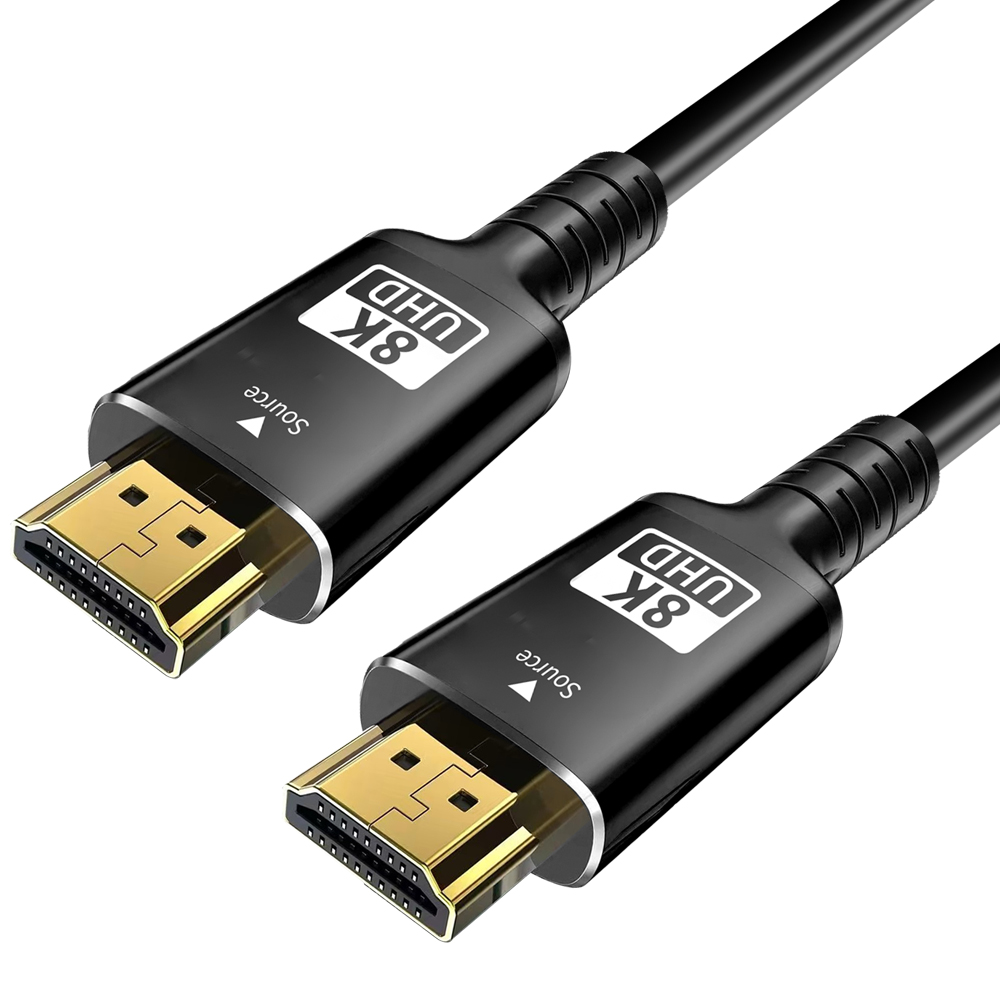Oxidation of the audio cable interface may affect the sound quality. The specific degree of impact is related to the degree of oxidation. The main reasons and manifestations are as follows:
Oxidation leads to poor contact
After the interface is oxidized, a layer of oxide (such as copper oxide, silver oxide, etc.) will form on the metal surface. These oxides are usually insulating or semi-insulating, which will increase the contact resistance and cause unstable signal transmission. In mild cases, there may be noise, electric current sounds, and intermittent sounds; in severe cases, there may be complete silence or failure of one channel on one side.
2. High-frequency signals attenuate more significantly
The high-frequency components in audio signals (such as instrument overtones and vocal details) are more sensitive to transmission impedance. The presence of the oxide layer will accelerate the loss of high-frequency signals, causing the sound quality to become blurry, dry and lack transparency. This change may be more obvious especially when using high-resolution audio equipment.

3. The signal-to-noise ratio decreases
Poor contact may introduce external electromagnetic interference (such as current noise), or cause signal distortion due to resistance changes, making the sound background “unclean”, reducing the signal-to-noise ratio, and giving the listening experience a turbid sound quality and an increase in background noise.
Summary: Slight oxidation may only lead to detail loss or occasional noise, while severe oxidation can significantly affect sound quality and even the normal operation of the device. Therefore, regularly cleaning the interfaces and avoiding oxidation (such as using gold-plated interfaces, keeping them dry, etc.) are important measures for maintaining sound quality. If oxidation has occurred, you can first wipe the contacts with anhydrous alcohol. If it is ineffective, the wire or interface needs to be replaced.
Post time: May-25-2025







